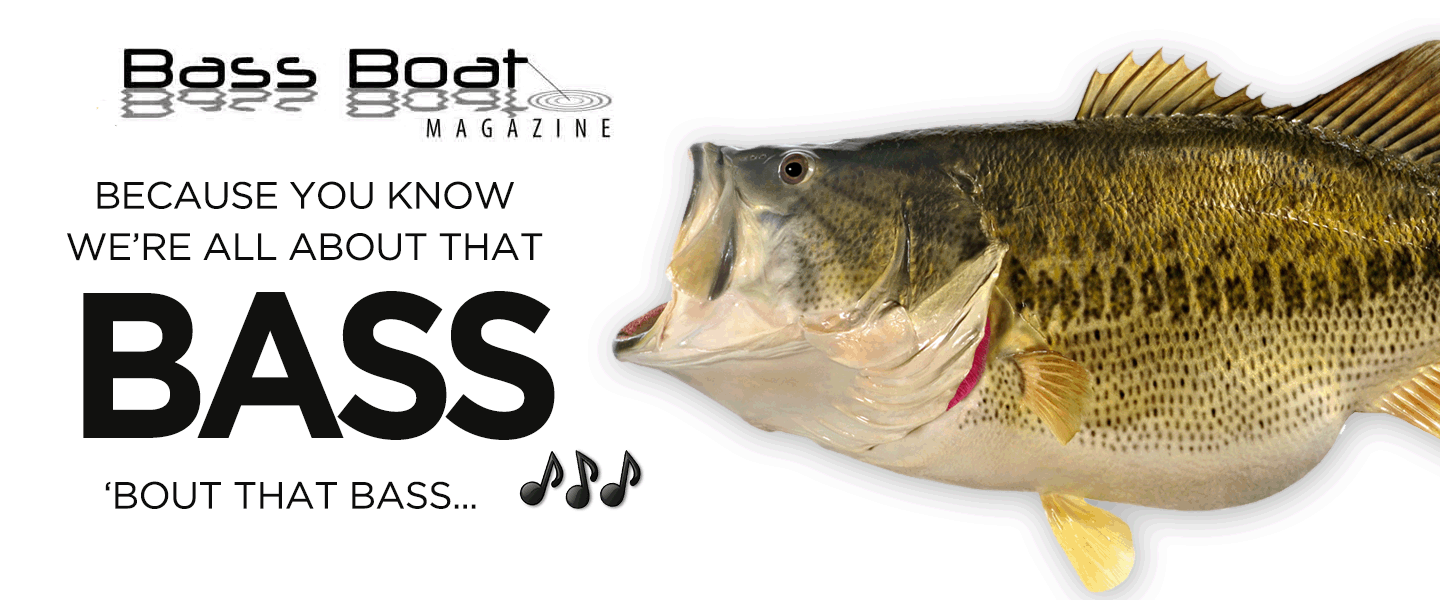- Joined
- Apr 27, 2010
- Location
- Bethlehem, Georgia
Even the fishermen are going green. Any angler worth his bait has lost a few lines to the bottom of the fishing pond. And, chances are the line he lost is still lying there with those of his ancestors, and killing fish. Traditional nylon lines can take up to 600 years to disappear, but with Bioline, a new "biofilament" line developed by alumni of the med-tech industry, that time can be cut to just five years.
Bioline is the first, 100 percent biodegradable fishing line on the market. Made from poly(butylene succinate) or PBS, bioline is engineered to retain its strength and durability for the first 10-12 months of use and then completely degrade in water or on land within five years. Standard monofilament fishing line lasts over 600 years.
It performs as well as monofilament with outstanding abrasion and knot strength while having the clarity of fluorocarbon.
The degradation process starts at the surface of the line. Microorganisms begin breaking down and digesting bioline with the aid of sunlight and moisture. bioline becomes a combination of CO2, H2O and biomass. After the initial 10-12 months of use, the line begins to lose its tensile strength. The loss of tensile strength allows wildlife caught in lost line to break free.
The lines come sealed in packages with a five-year shelf life. Once on the pole, the line lasts 10-12 months without any reduction in strength. The product is available in 4-, 6-, 8-, 10-, and 12-pound tests in 210-yard spools ($16) with larger sizes in the works. Along with the environmental benefits, Bioline claims excellent knot strength and abrasion resistance. Unlike standard monofilaments, Bioline doesn't absorb water, ensuring that its properties remain the same during a long day of fishing.

Bioline is the first, 100 percent biodegradable fishing line on the market. Made from poly(butylene succinate) or PBS, bioline is engineered to retain its strength and durability for the first 10-12 months of use and then completely degrade in water or on land within five years. Standard monofilament fishing line lasts over 600 years.
It performs as well as monofilament with outstanding abrasion and knot strength while having the clarity of fluorocarbon.
The degradation process starts at the surface of the line. Microorganisms begin breaking down and digesting bioline with the aid of sunlight and moisture. bioline becomes a combination of CO2, H2O and biomass. After the initial 10-12 months of use, the line begins to lose its tensile strength. The loss of tensile strength allows wildlife caught in lost line to break free.
The lines come sealed in packages with a five-year shelf life. Once on the pole, the line lasts 10-12 months without any reduction in strength. The product is available in 4-, 6-, 8-, 10-, and 12-pound tests in 210-yard spools ($16) with larger sizes in the works. Along with the environmental benefits, Bioline claims excellent knot strength and abrasion resistance. Unlike standard monofilaments, Bioline doesn't absorb water, ensuring that its properties remain the same during a long day of fishing.


